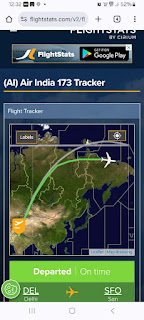I had purchased one 32 GB USB stick to back up Windows 8.1 installation on my Lenovo G50-45 Laptop before installing Ubuntu 14.04 in dual boot. Since the dual boot is working well and Windows recovery partition already exists on the Laptop I decided to have Live persistent Ubuntu 15.04 on the stick.
I created 2 GB Fat32 partition, 4 GB ext4 partition with label casper-rw and another 4 GB ext4 home-rw partition on the USB stick. Then I used start up disk creator to put Ubuntu 15.04 on Fat32 partition.
After booting I found that persistence did not work on UEFI machines since there was a bug in live usb creator. The work around was to edit the /boot/grub/grub.cfg file and put "persistent" before "quiet splash" in the menuentry.
Now my wifi settings and documents are avaiable on reboot.
I will try updating the system later on. Upgrades to packages like Firefox worked but when I upgraded the linux kernel I could not boot with or even without persistent boot parameter.
Today I made full install of Ubuntu 15.04 on the USB stick.
I created 2 GB Fat32 partition, 4 GB ext4 partition with label casper-rw and another 4 GB ext4 home-rw partition on the USB stick. Then I used start up disk creator to put Ubuntu 15.04 on Fat32 partition.
After booting I found that persistence did not work on UEFI machines since there was a bug in live usb creator. The work around was to edit the /boot/grub/grub.cfg file and put "persistent" before "quiet splash" in the menuentry.
Now my wifi settings and documents are avaiable on reboot.
I will try updating the system later on. Upgrades to packages like Firefox worked but when I upgraded the linux kernel I could not boot with or even without persistent boot parameter.
Today I made full install of Ubuntu 15.04 on the USB stick.


